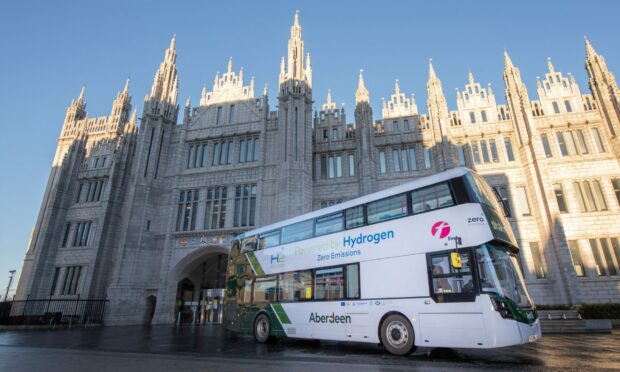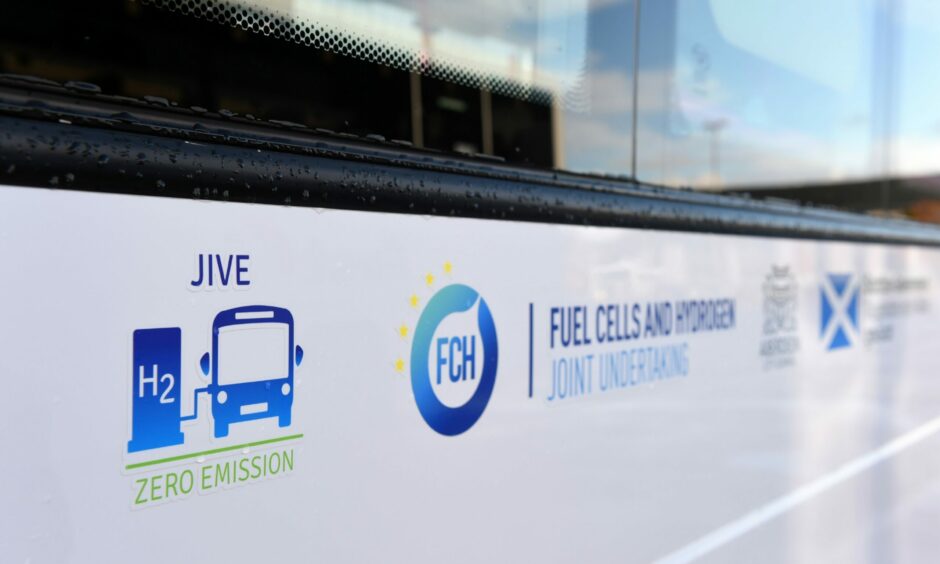Within the energy transition, hydrogen is seen as something of a panacea, providing a catchall answer to an array of issues.
Many are pinning their hopes on the low carbon fuel as a means for decarbonising a range of emissions-intensive sectors, such as heavy industry, aviation, and shipping.
It can also be blended into the heating system as a direct replacement for gas.
Moreover, it provides a solution to the problem of storing renewable energy.
Green electricity generated during periods of surplus can be turned into hydrogen and kept until needed, increasing the ability of the grid to respond to fluctuations in demand.
Due to the fact it can be stowed, it also makes it easier to transport long distances, in much the same way as gas is currently.
Two different ways low carbon hydrogen is produced
Low carbon hydrogen is divided into two main camps – green, which is produced using renewable electricity and water through a process called electrolysis, and blue, which is made using natural gas, with carbon emissions captured and safely locked away.
Aberdeen’s hydrogen hub will use energy produced by nearby offshore wind farms to create the fuel, meaning it falls into the first category.
Earlier this year the UK Government published its long-awaited Hydrogen Strategy, detailing how it plans to support the development of a hydrogen economy.
It’s hoped the sector will unlock tens of thousands of low carbon jobs and billions of pounds of investment by the end of the decade.
A consultation is also ongoing to draw up a business model for the fuel in order to leverage private sector backing.
Challenges ahead on the hydrogen highway
But, hydrogen isn’t without issues of its own.
A large amount of work still needs to be done in order to establish large-scale uptake for the fuel, and debate continues about whether to prioritise supply or demand.
There are questions too about its efficiency, given it takes more electricity to produce hydrogen than the fuel yields at the point of use.
Green hydrogen is also relatively expensive to produce, particularly in relation to its blue counterpart, although the gap is expected to narrow in the common years.
Several other hydrogen projects are already on the go in the north-east.
Developer Environmental Resources Management (ERM) has selected Aberdeen as the home for the “world’s first” offshore floating facility to produce green hydrogen.
Up the coast at the St Fergus gas terminal, the Acorn carbon capture and storage (CCS) project is exploring producing blue hydrogen at the site.
Under the plans, Peterhead could become a hub for the transportation of the fuel, breathing new life into the town.

